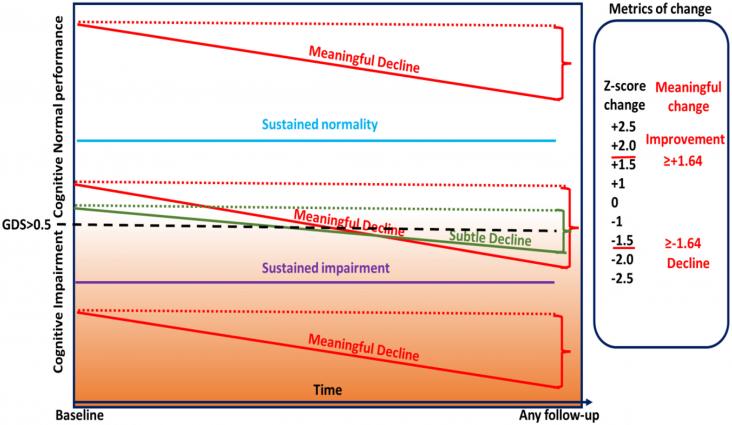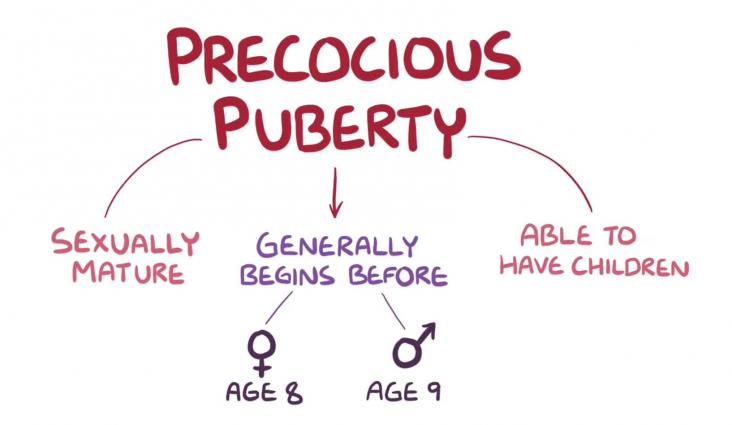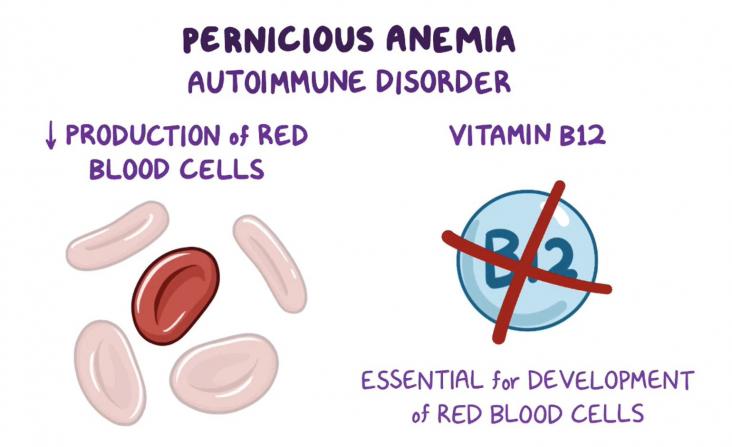
According to the CDC 11% of adults have subjective cognative decline. Given the high coverage of ART in Australia, researchers assessed if there was a link between ART and cognative decline. With 1% of the study population reported to have sustained decline, the authors concluded that meaningful cognative decline was not significantly different compared with what would be expected. Although not a game changing new drug regimen, with the average life expectantcy of people with HIV now 83 year the lack of link between ART and cognative decline means that good health and wellbeing can be promoted into old age.
For monitoring viral load (VL) or Early Infant Diagnosis (EID) of HIV-1, real-time Polymerase Chain Reaction (qPCR) is used to perform on plasma or Dried Blood Spot (DBS) sample. The qPCR method is expensive and requires sophisticated equipment. Therefore, there is a requirement for newer and cheaper technology for VL measurement or EID.

This article related to SDG 3. This resource, created together by Osmosis and the National Organization for Rare Diseases (NORD), aims to increase the knowledge and awareness about precocious puberty, a condition that causes children to start puberty early, affecting one in five thousand children.

This article relates to SDG 3. This resource, created together by Osmosis and the National Organization for Rare Diseases (NORD), aims to increase the knowledge and awareness about pernicious anemia, a disease in which the body produces auto-antibodies against a stomach protein called Intrinsic Factor, causing B12 deficiency that cannot be resolved efficiently through oral intake.
This falls along the themes of financial burden for cancer patients and discusses innovations and strategies for health care providers.
We observe the link between Artificial Intelligence (AI) and Sustainable Development Goals (SDGs). We use automated methodologies to find insights and overlaps between AI and the SDGs. AI-Ethics frameworks need to give more attention to Society and Environment areas. Inclusive action is needed to balance the efforts for solving SDGs by using AI.SDGs 13, 14, and 15 (all related to the Environment area) are not sufficiently addressed.
This research examined the potential impacts of adaptation on snakebite using individual-based simulations, focusing on strategies meant to counteract major crop yield decline because of changing rainfall in Sri Lanka.
This Viewpoint supports SDGs 3 and 16 by by exploring decolonising interventions in planetary health. The authors highlight intercultural thinking in order to promote anticolonial, antiracist approaches to climate change and health inequities.
This Article supports SDGs 3 and 13 by estimating how global income inequality might have to be reduced in order to ensure both decent living standards and reductions in global energy use for planetary health.
This article ties to SDG 3. This study aimed to synthesize the literature on evaluations of psychosocial support interventions for populations affected by forced displacement.
